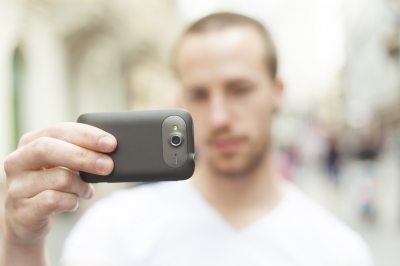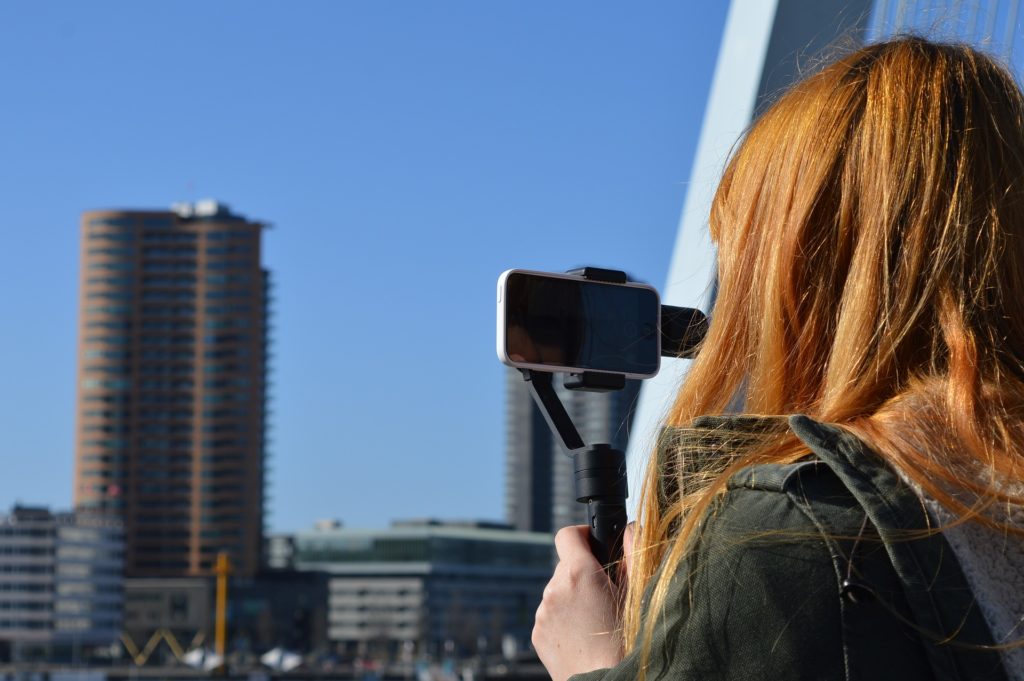These days practically everyone is armed with some sort of device to capture video. It might be their cell phone, a GoPro, or even a real video camera. However that doesn’t mean that what is being produced by these devices is good video. Obviously, the story is what makes a video but if you have poor equipment or you use it improperly that can ruin your video.
Delivery: First Or Best? Now, there are two schools of thought here: I come from the TV news business so getting a story first on the air is typically the most important thing. However, in marketing and, likely with your business, there isn’t quite that mad rush. So, you can plan and produce something meaningful that will help consumers understand your products and services and ultimately influence them to become customers. In business a fast and thoughtful are critical to releasing videos.

5 Smartphone Video Shooting Tips So, if you’re not hiring a professional video storytelling company like LiveFitFilms.com, follow these tips to make sure you’re not wasting your time and effort. Researching and understanding a few key strategies can make your video a thousand times more professional. Tip number one for the do-it-yourselfers.
If you’re shooting video with a smartphone hold the camera horizontally. It looks so much better. Watch the video below to see what I mean. That video was shot exclusively with my iPhone because that was all I had on me at the time. I was out on a hike when I stumbled upon the Komen 3-Day Race For a Cure story and I didn’t want to miss it.
Tip number two: get in close for the best audio. If you don’t have a professional external microphone to attach to your camera, position yourself close to the interviewee. You’ll see in this story, I didn’t have an external mic and I had to deal with some wind noise. Plus for the documentary-style shooting, I wanted movement. So in some cases, I hiked along with the walkers while interviewing them. The video, of course, is not as steady but you have a feeling of really being there and for this type of story it worked. What I did for audio was try to get as close to the subject as possible. Make sure you know which end of your smartphone has the your microphone. Then you can also do some post production audio work in Final Cut Pro X. It’s not as good as using a professional mic during the actual interview, but in a pinch, it’s better than nothing.
Tip number three don’t: pan or move. The exception is if you have a lot of experience shooting with Smartphones. Hold your smartphone in place and don’t pan or move. Instead, let the scene unfold in front of you. Most people tend to move the camera too quickly when they’re trying to pan and they end up with shaky and blurred video. It’s a headache to watch and doesn’t add value to the overall video.
Tip number four: keep your arms tucked in at your sides, breathe slowly or hold your breath. This will help you get steady shots without a tripod. You can also lean against something like a post or tree, but still keep your arms tucked in tightly to your sides.
Tip number five: shoot a scene for at least 10 seconds. Stay on the subject for at least 10 seconds even if it’s just crashing waves. This is a mistake that most people make when they first start shooting. Usually it’s because they start shooting before they learn to do video editing. When they take the video into a non-linear video editing software system, they’ll quickly understand why holding scenes for 10 seconds is important. Having 10 second shots allows you to do many things with your video in post production. More tips on that in another post.
Finally, have fun, pick up a camera and start shooting…and I’ll see you on the air!
Now go do it—Think Like A Journalist and produce that content!
This field reporting video story (below) on the Komen 3Day Walk at Torrey Pines was shot exclusively with my iPhone.
Image courtesy of adamr / FreeDigitalPhotos.net
